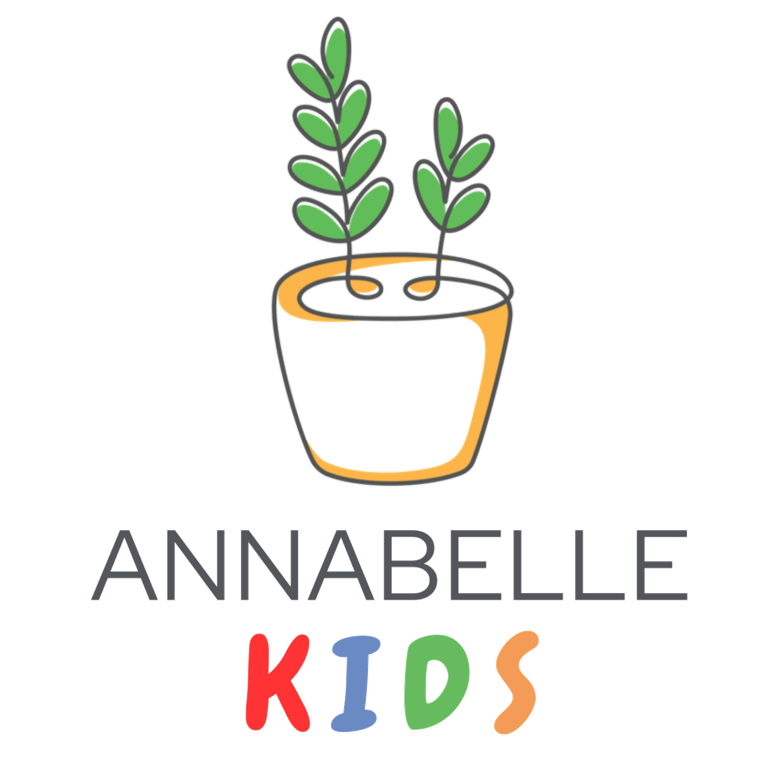Communication Disorders
Childhood-onset Fluency Disorder (Stuttering)
Childhood-onset fluency disorder, or stuttering, is common in young children as they are developing, often affecting the fluency of their speech. Developmental stuttering is part and parcel of a child’s development, but sometimes the stuttering persists and becomes inappropriate for the child’s age. They often find themselves having difficulties saying what they want to say.
Interruptions to speech is fairly common in younger children, however when such dysfluencies persist it could potentially lead to limitations in communication, academics, and social functioning.
Signs of Stuttering
The main warning sign that a child is stuttering is if there is a disturbance in the normal fluency and patterning of speech, persisting for over 6 months. This is often inappropriate for their age and language skills and have occurred over a significant period of time. It is also observed that the child is anxious about speaking or has difficulties with communication, social participation, and academic performance.
Symptoms of stuttering include:
Ψ Sound and syllable repetitions (e.g., ma-ma-ma-mummy)
Ψ Prolonging the sound of consonants as well as vowels (e.g., mmmmummy)
Ψ Audible or silent blocking, such as pauses in speech
Ψ Substitution of certain words to avoid them
Ψ Words pronounced with physical tension
Stuttering may also be accompanied by certain motor movements, such as the eye blinking, tics, head jerking, fist clenching, and tremors of the lips/jaw.
Stuttering can also be a symptom of other disorders, such as Tourette’s syndrome. It can also be caused by other speech-motor or sensory deficits or neurological conditions (e.g., trauma or stroke).
Risk factors
Childhood-onset fluency disorder typically within the ages ranging from 2 to 7 years old.
It is observed that children who have relatives who stutter, have symptoms of stuttering that continue for longer than 6 months post onset, have high self-expectations or experience stress within the family tend to face an increased risk of stuttering.
The importance of early diagnosis
Early diagnosis and intervention will minimize difficulties developing in other areas of functioning and well-being. Intervention will involve supporting the child in overcoming the dysfluency, such as avoiding certain words, increase confidence when speaking in public, and the ability to express oneself. If left unaddressed, stuttering could lead to communication difficulties, bullying or withdrawal from social situations, emotional difficulties, and anxiety/depression in adulthood.
Management of Stuttering
An assessment by a speech therapist is first conducted, and this is followed by a multimodal-intervention plan to develop adaptive communication skills and improve fluency of speech.
Speech Therapy
Speech therapy aims to reduce the disfluency in speech by engaging shaping strategies through direct and indirect methods. Direct methods aim to teach the child to adjust the rate of speech by providing feedback on speech in a non-judgmental manner. Indirect methods aim to facilitate the child to speak by creating an environment where they feel accepted and comfortable.
Cognitive Behavioural Therapy (CBT)
CBT helps children deal with stressful situations in adaptive ways that improve their ability to cope, hence reducing the likelihood of stuttering. It targets and challenges maladaptive thoughts and beliefs held by individual in times of distress, and replacing these negative thoughts with helpful coping techniques. CBT also includes behavioural experiments to help children overcome avoidance associated with stuttering.
Difficulties with social functioning can also lead to emotional and social difficulties in children, CBT can help to equip the child with the appropriate skills, such as relaxation and problem-solving strategies, to overcome and manage these problems.
What should you do if you suspect your child has a stutter
Firstly, it’s important not to punish the child for stuttering as this will only add pressure onto the child’s existing difficulties with speech. Listen attentively to what they are speaking without correcting or finishing the child’s sentences.
Reach out to a speech therapist who has experience with childhood-onset fluency disorder for an assessment and management of speech difficulties!
Anabella Seah
Speech Therapist


